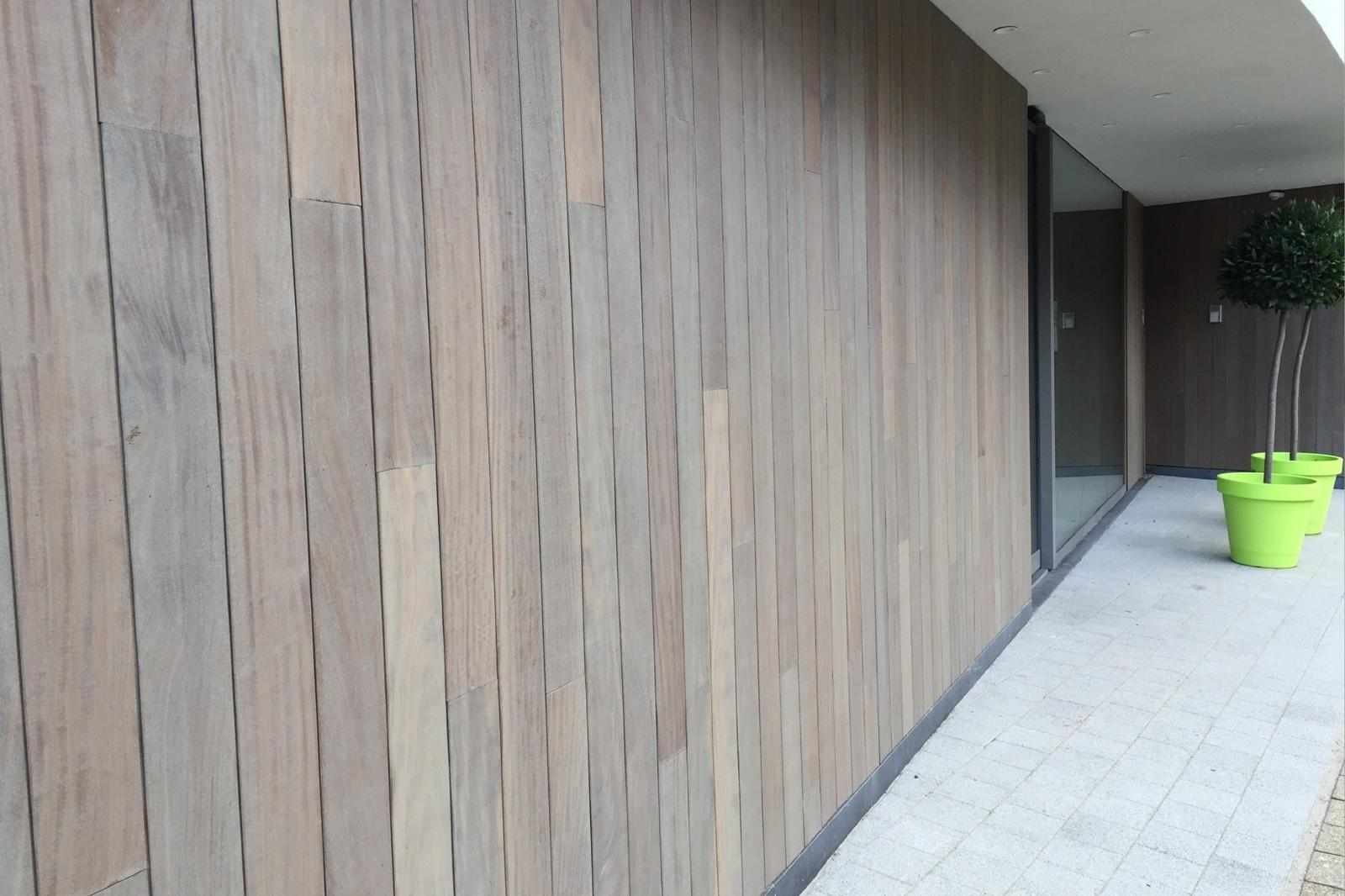
The term Shou Sugi Ban is also referred to as Yakisugi, an old Japanese technique of wood preservation involving charring the surface. Traditionally used on cedar wood, this method has garnered acclaim all over the world for its fine aesthetics, durability, and eco-friendly qualities. But what about other woods? Is it possible to char larch wood by the shou sugi ban accoya method? Let's get deeper into this matter and explore the options.
What Does Shou Sugi Ban Mean?
In this process, the wood surface is burnt until carbonization; later, the wood gets cooled, the particles get cleaned off, and the wood surface gets treated with some natural oils. This process provides a layer of protection and makes the wood more resistant to weather, insects, and rot. At the same time, it gives a beautiful textured finish with an inky black hue. Although cedar is traditionally used, many wood species are now being experimented with, including larch.
The Nature of Larch Timber
Larch is an extremely durable softwood native to the cooler climate and always admired for its toughness and attractive grain. It has warm tones of reddish-brown that gradually darken as they age and upon exposure. Larch is one of the popular choices for exterior cladding, decking, and furniture, thanks to its innate resistance to moisture and decay.
Would Larch Timber Be Suitable for Charring?
Indeed, larch timber could be charred, but some considerations are in order:
Wood Density and Resin Content:
As opposed to cedar with its loose grain, larch has its grain tightly packed and a high content of resin. This makes it an unusual wood, burning at times irregularly and intensely in spots that make for its rough char texture that some may find pleasingly rustic, but one has to be much more careful of how he burns it in order not to destroy it.
Appearance:
When charred, larch develops a dramatic black surface but retains a more pronounced grain texture due to the dense nature of the wood. This creates a bold and textured contrast that highlights the natural patterns in the wood. The final appearance is different from the smoother finish given by cedar.
Durability and Protection:
Charring larch improves its weather resistance and insect deterrence, much like cedar. However, since larch is almost durably endowed by Nature, the Shou Sugi Ban process actually can further improve on the quality, making it especially good for exterior cladding or fences.
Now, How to Do a Good Char on Larch Timber
Getting good results in the charring of larch timber requires:
Controlling the Burn: Use a propane torch giving a steady, controlled heat. Because larch will burn hotter and quicker in the resin-rich areas, a slow and even application of heat is necessary.
Testing First: Always undertake a test burn on a sample before proceeding to see how the wood reacts.
Brushing and Sealing: One needs to loosen some dry soot with a brush to expose the grain texture after charring, then apply natural oils such as tung or linseed oil to preserve and protect the charred surface.
Layering: Some choose to lightly char larch for a more subdued look, while others go all out for deep coloration for maximum protection and visual effect.
Is Larch the Wood to Consider for Your Shou Sugi Ban Project?
Larch is an excellent choice if one seeks a tough and visually stunning timber for a unique charred look; it pairs its natural hardness and beauty to perfection. Nevertheless, since it demands some special treatment during charring, it is therefore advisable to work with experienced personnel or at least prepare well for the task.
Conclusion
Shou Sugi Ban does not only include cedar anymore. Larch wood can be suitably charred to create cladding that is both sturdy and weather-resistant, sporting an assertive and textural finish. If you appreciate the rustic elegance of charred wood and want something a little different, then larch deserves consideration for your next project. Use the right technique and produce stunning results that stand up to the rigors of time.
If you want to consider larch timber cladding for your Shou Sugi Ban cladding or are looking to get some expert advice, we would be happy to work with you!







Write a comment ...